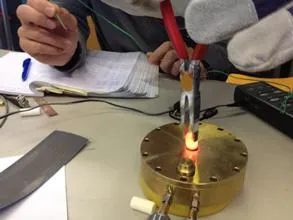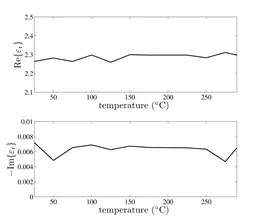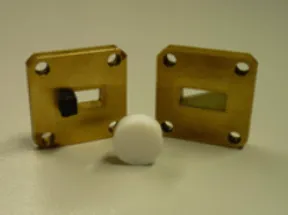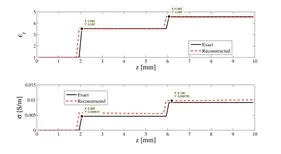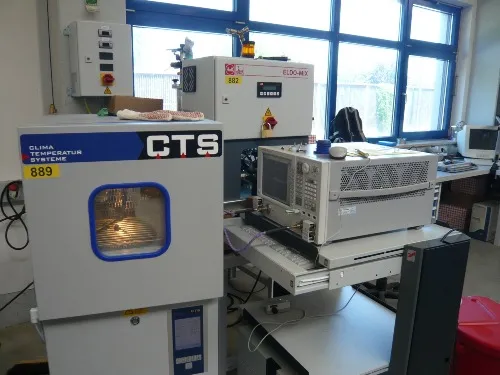Electromagnetic Material Characterization
The constitutive parameters permittivity and permeability, which can be complex and/or tensors, are used to characterize materials in electromagnetics. The determination of these parameters is a very important topic in microwave technology due to its wide range of applications in the areas of microwave devices, material test and measurements, fabrication of multilayered structures, nondestructive testing, biomedical applications and food engineering, etc. It is well known that waveguide (transmission line) method and resonator method have been the most used two techniques in the field of material measurement over decades. Each technique has its own advantages and drawbacks. Roughly speaking, for instance, while waveguide methods are very suitable for broadband measurement, resonator methods are able to provide accurate results for low-loss materials. Therefore, dependent on frequency, shape of sample, and range of losses, an appropriate material measurement technique should be chosen.
Resonator Measurements
In our research, the cavity resonator method has been improved by taking the effects of a filling hole and the wall losses into account. For measured resonant frequency and quality factor, the problem of finding the material properties is reduced to a generalized eigenvalue problem by using a 3D formulation based on a variational approach. Since a fully 3D analysis is considered, the method has no strict limitation on the geometry of the material to be tested.
Furthermore, a filling hole allows the sample to be placed in a well-defined position very easily. This fact makes temperature dependent measurements possible by just placing the heated sample inside the cavity. Therefore, it is not needed to place the cavity inside an oven.
Waveguide Measurements
In classical waveguide measurement methods, the sample is required to be machined precisely to fill the cross-section of the waveguide. Then, an analytical relation between the measured scattering parameters and the material properties is solved. The geometrical configuration and the position of the material play a crucial role in these techniques. For instance, any air gap between the sample and the waveguide or any roughness on the surface of the sample can lead to inaccurate results. In this sense, the motivation of our studies on waveguide measurements originates from the fact that recent developments in numerical electromagnetics make the analysis of more complicated geometries possible. Precisely, in our research the problem of estimating material parameters is considered by an inverse scattering approach in conjunction with numerical electromagnetic techniques such as integral equation or finite element methods, etc. This leads to remove the restrictions on the shape and size of the samples and improves the accuracy of estimations.
